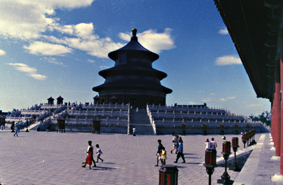Chronology of Sacrifices

Imperial Confucius Temple in modern-day Hangzhou

Qi sheng ci

The Hall of Good Harvest

Imperial Confucius Temple in modern-day Hangzhou

Qi sheng ci

The Hall of Good Harvest